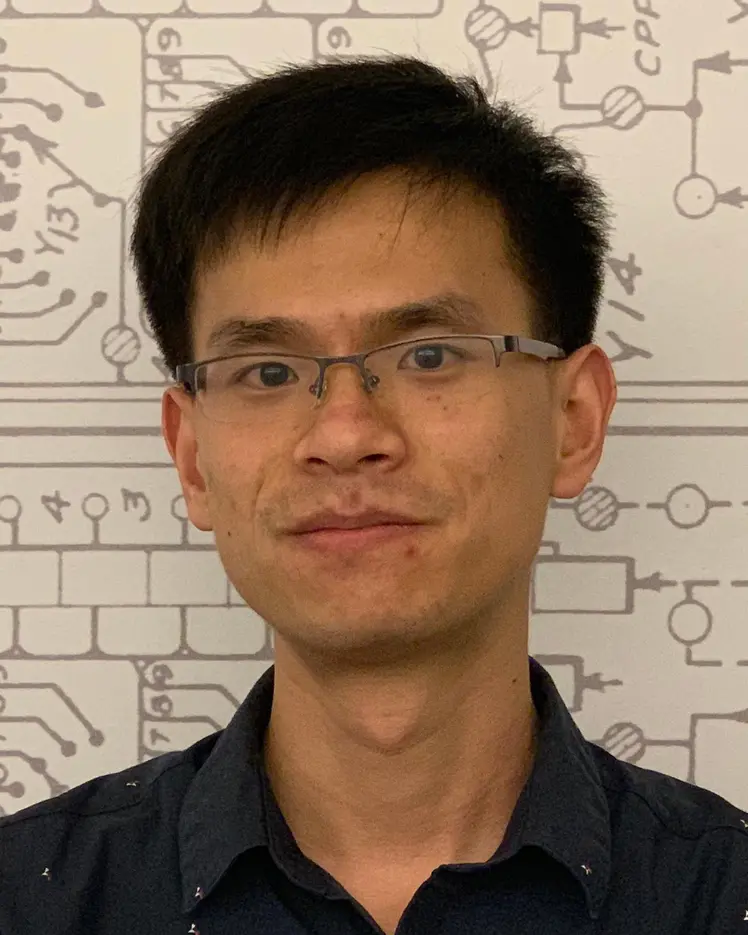
Xujie Si
Biographie
Xujie Si est professeur adjoint au Département d'informatique de l'Université de Toronto. Il est également membre affilié de la faculté de l'Institut Vector et membre affilié de Mila – Institut québécois d’intelligence artificielle, où il est titulaire d'une chaire en IA Canada-CIFAR. Il a obtenu un doctorat de l'Université de Pennsylvanie en 2020. Il est également détenteur d’une maîtrise de l'Université Vanderbilt et d’une licence (avec mention) de l'Université de Nankai. Ses recherches se situent à l'intersection des langages de programmation et de l'intelligence artificielle. Il s'intéresse au développement de techniques basées sur l'apprentissage pour aider les programmeurs à construire plus facilement de meilleurs logiciels, à l'intégration de la programmation logique à des systèmes d'apprentissage différentiables afin de permettre un raisonnement interprétable et évolutif, et à l'exploitation des abstractions de programmation pour un apprentissage fiable et efficace en matière de données. Ses travaux ont été récompensés par le Prix du service distingué ACM-SIGPLAN et ont été présentés lors de conférences sur les langages de programmation et l'apprentissage automatique.


